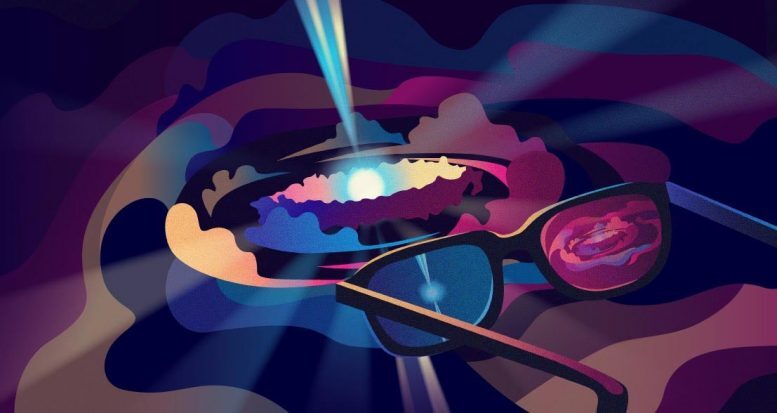 This is the web page of the IRyAGN group. A group devoted to the study of active galactic nuclei (AGN) using multiwavelength information. This group begun in 2017, when we start to gather together to pursue different group projects. Since then we have published several papers together.
This is the web page of the IRyAGN group. A group devoted to the study of active galactic nuclei (AGN) using multiwavelength information. This group begun in 2017, when we start to gather together to pursue different group projects. Since then we have published several papers together.